This will be our last blog teaching you the different ways of positioning yourself to while you are floating and how to enhance your experience.
In our float rooms you will find a neck pillow for your use and comfort. If you find that your neck becomes tense while you are trying to keep your head above the water, you may use the pillow for ease and support. However we do suggest that you try and float without it initially to encourage you to let your head fall back allowing the dense water to lift it for you. We understand this can take some concentration, letting your head completely relax, but once you can do this, you will feel your whole body succumb to the feeling of Floatation Therapy.
Always try the techniques we have show you before you get into the tank and the ones described to you in our previous blogs and see what works for you before using the neck pillow.
In our experience, if you feel any pain and discomfort in your neck while using the pillow supplied or even without the pillow, your body could be giving you an indication that you may have some issues with your neck that needs to be rectified as soon as possible before it gets worse. We recommend you come in for a Myotherapy treatment available here at our wellness centre.

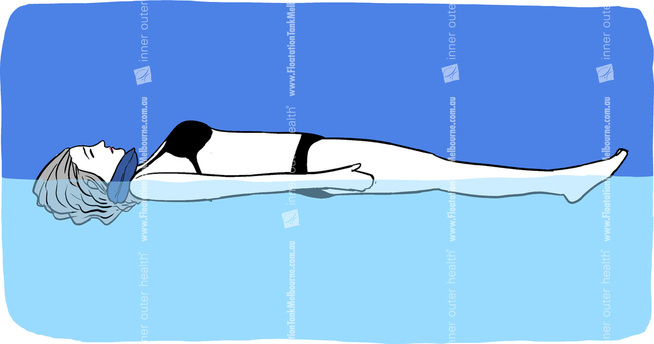
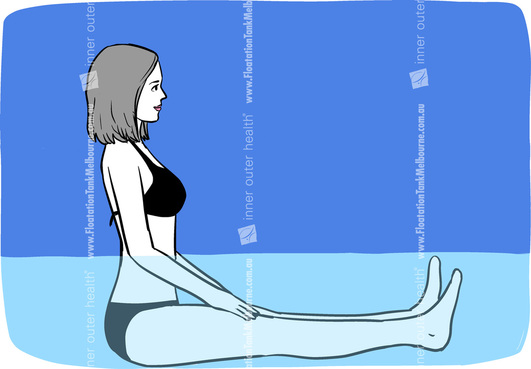
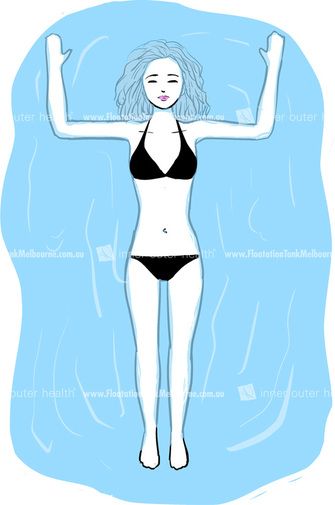
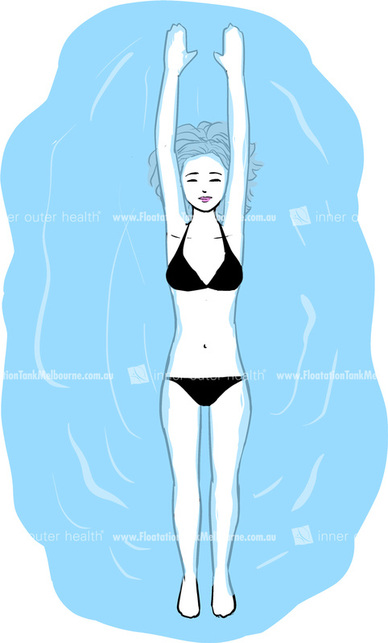
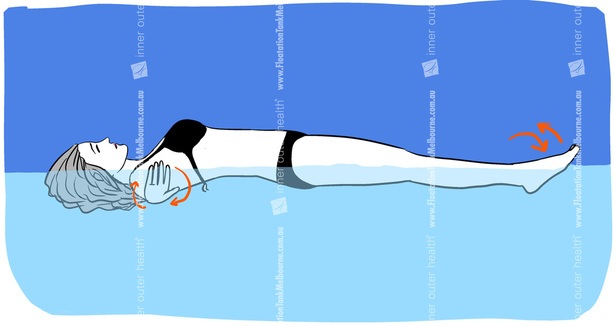
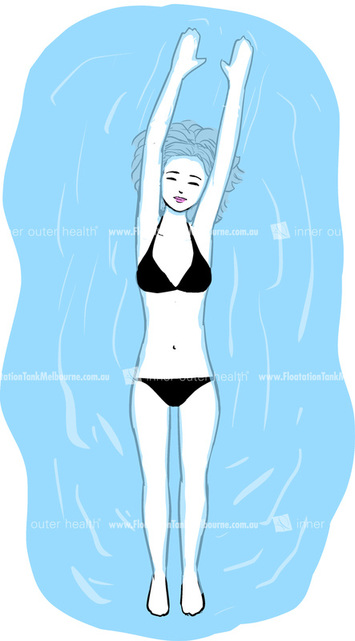
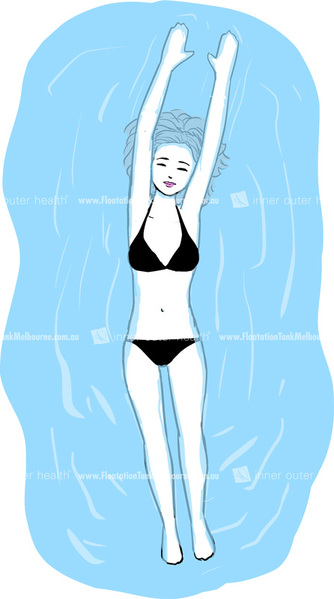
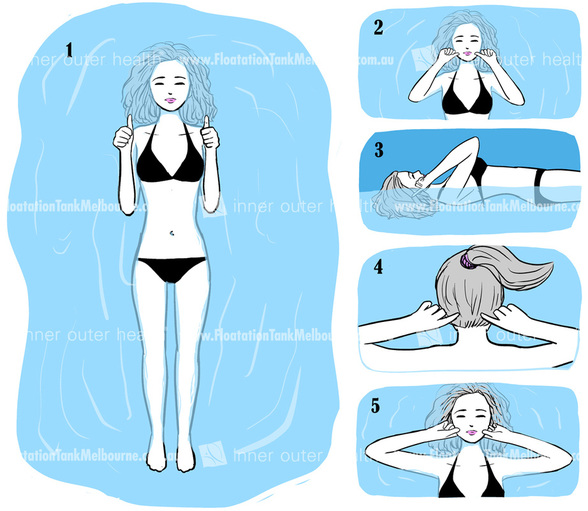
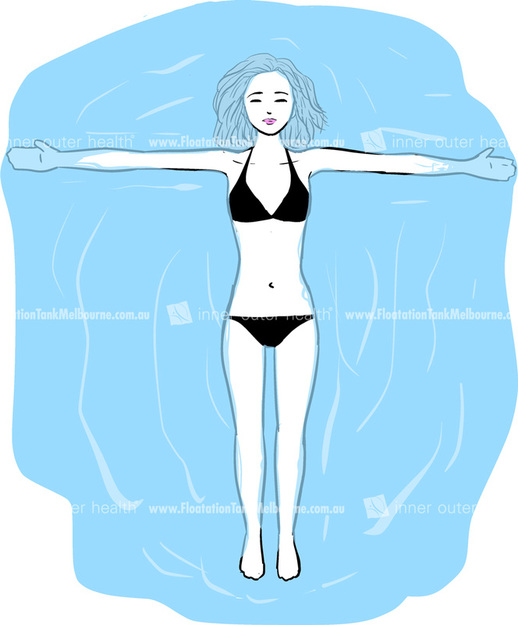
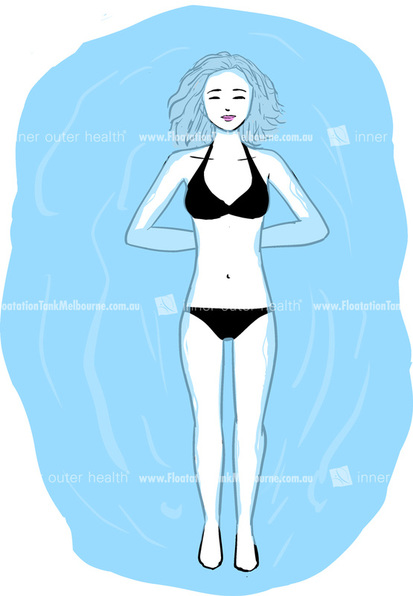
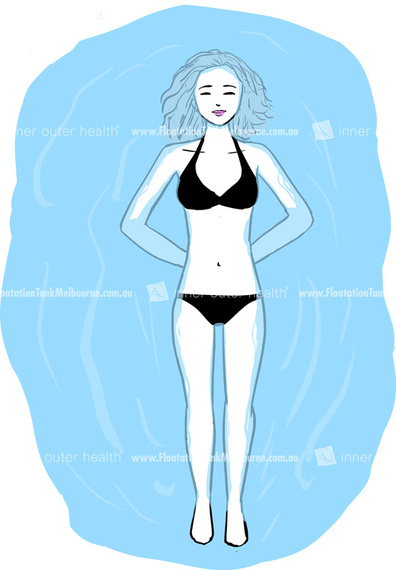
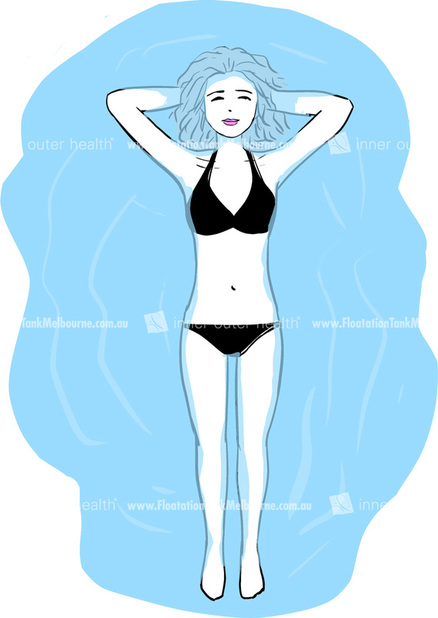
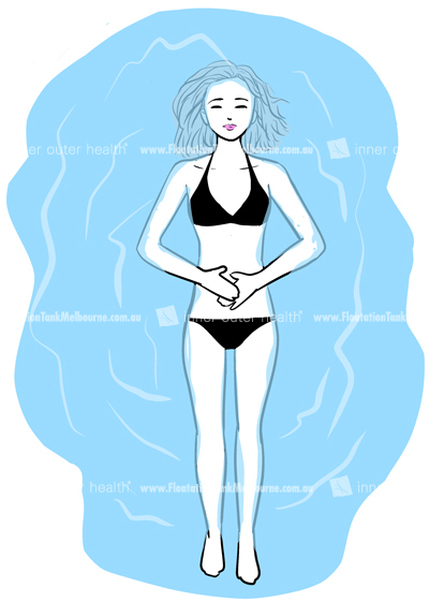
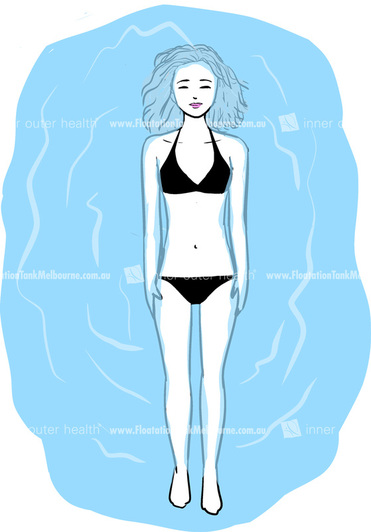
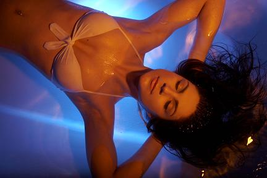
 RSS Feed
RSS Feed